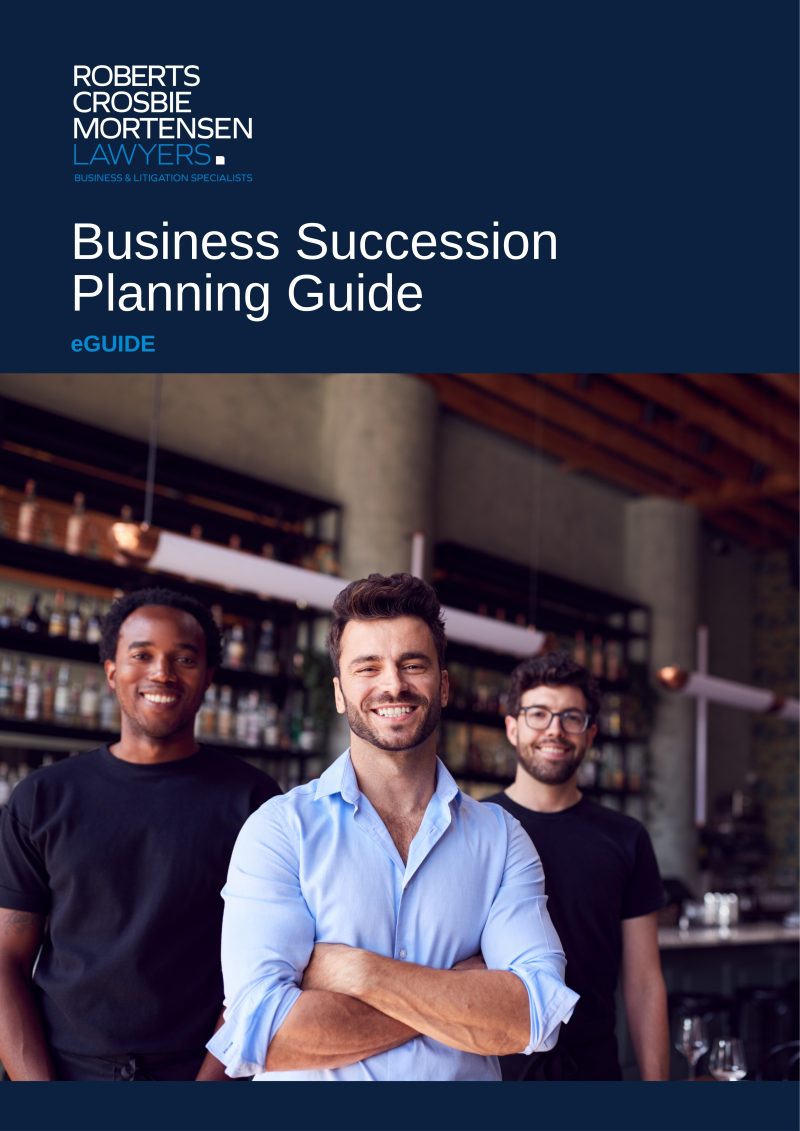Introduction
This year here at Roberts Crosbie Mortensen our Commercial Team has been involved in an increasing number of transactions whereby the owners of small to medium enterprises (SMEs) are implementing succession plans to bring employees into ownership roles.
It seems that following on from Covid and the “great resignation” many business owners are now taking the positive step of implementing succession plans to retain key employees and bring them through as successors by offering them an ownership stake in the company they work in.
And remember that when we reference “SME companies” the Australian Tax Office categorises small businesses as those with an annual turnover of $10 million or less and medium businesses having a turnover of between $10 million and $250 million, so they are not necessarily that “small” and they make up the vast majority of companies doing businesses in Australia.
So if you are a SME company owner and are considering the possibility of bringing on one or more employees as shareholders/owners, then this article is for you as we discuss the steps and planning that goes into this process.
Selling Shares vs Issuing Shares
In this article when we reference “bringing on employees as owners” this is a reference to you (the company owner) selling shares in your company to your employees. The transaction is between you as a shareholder and your employee which means the sale price for the shares is paid by the employee to you as shareholder and not the company. Share sales are used when an owner wants to step back (or sell out) and extract cash or get a “pay day”.
Some succession plans might make provision for the company to issue shares to an employee(s). The transaction in that case is between the company and the employee. The issue price for the shares is paid by the employee to the company (as capital) and not you as shareholder. Share issues are generally used if the succession plan is for the growth of a company.



























